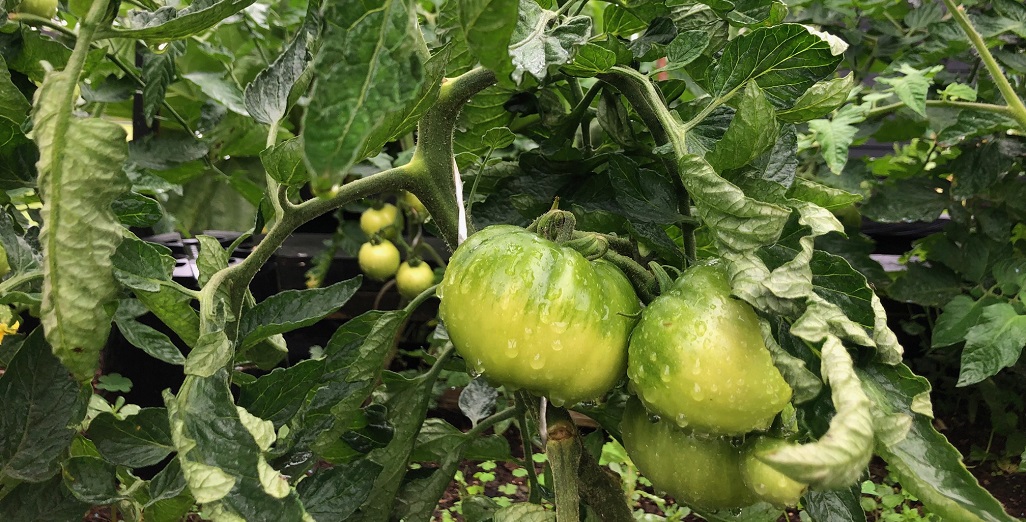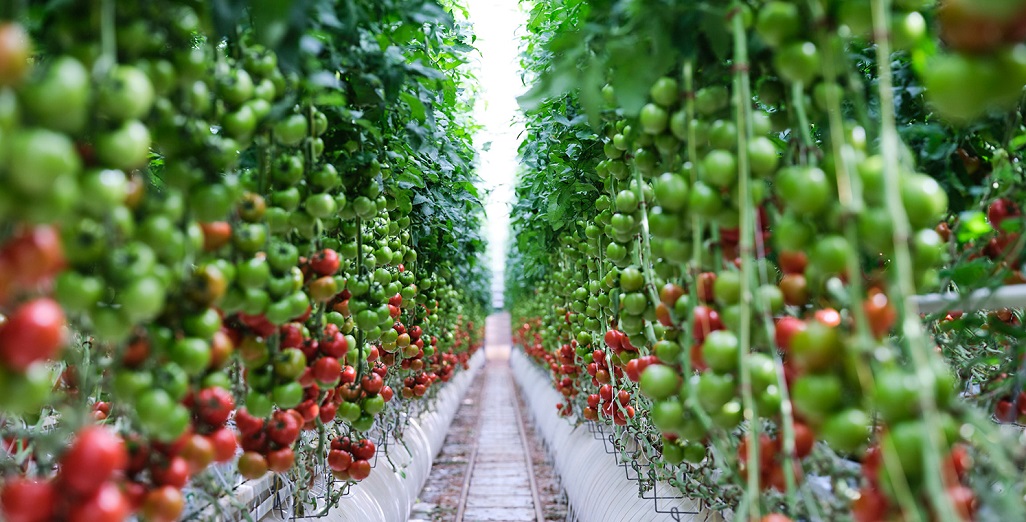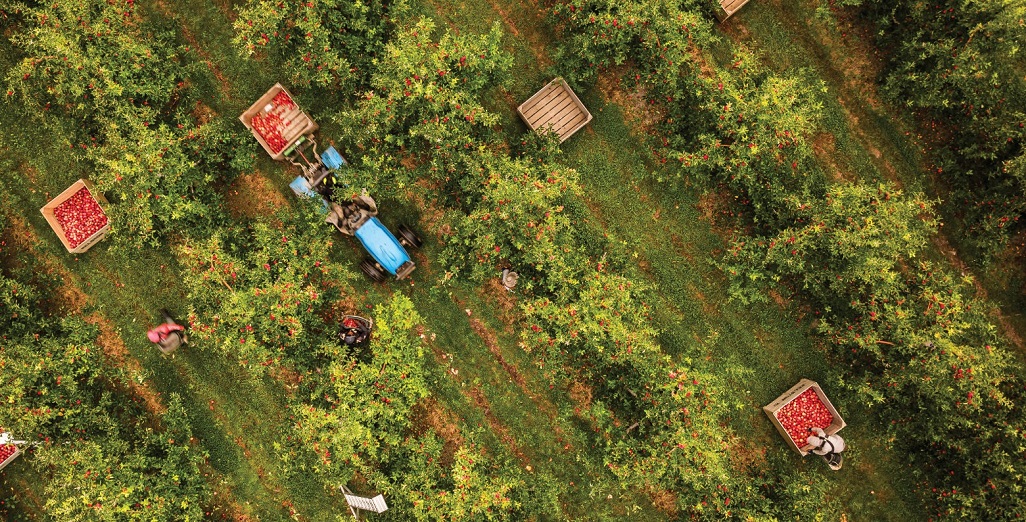Sign up here to subscribe to the Grower2grower Ezine. Every two weeks you will receive new articles, specific to the protected cropping industry, informing you of industry news and events straight to your inbox.
Sep 2019
Growers Changing to Grafted Plants

BEST OF 2019
In this first edition of 2020 we are revisiting the two most popular articles of 2019 from the Grower2Grower e-magazine. ‘Growers Changing to Grafted Plants’ was the most well-read technical article of 2019. With one of the main articles in regards to continued issues around Pythium Root Rot this week, this couldn’t have been more appropriate.
Cucurbit Root-Stock Shintoza
In the last year the area of commercially grafted cucumbers that has been planted has increased noticeably. Gellert Nurseries has been producing grafted cucurbit varieties for nearly 10 years now, they began with outdoor watermelon and rock melons. Trialling with indoor cucumbers started over 6 or 7 years ago in preparation for the future. Growers are now seeing the benefits of growing with grafted plants, especially with regards to disease prevention.
As part of the Gellert’s team, when I was their Technical Advisor, I thought in the future, when less chemical treatments may be available or permitted that grafted cucumbers would become commercially viable. This was due to the difficulties, I had seen, especially with cucumbers grown in the summer – lasting the intended crop cycle. The early trials were successful, they showed enough promise that I believed one day it may come to fruition on a large scale basis. However, it always came back to profitability. For growers to be convinced to change it needed to ensure the extra return vs. the cost of being supplied with a plant that are to begin with be more expensive.
Initially, I don’t believe a grafted plant will contribute to an increased vigour than a healthy un-grafted plant, therefore it is quite possible the production will be similar, but what you should benefit from is knowing your plants will be a lot stronger against root diseases. Rootstocks have very high resistance to root diseases which commonly and too often cause crop production losses. Growing strategy is similar compared to un-grafted plants once the grower receives them from the nursery.
Root diseases, on non-grafted plants, usually happen more often or not when the plant is coming into a stress period. At planting the plants should come from the nursery very strong, with healthy root systems. There will be some transplant shock (depending on the weather conditions at planting) and cucumbers will generally take overnight to adjust. With good irrigation and hygiene, planting should have minimal effect on root health. The next major stress on the plant will be at the time of the first pick when the plant is at full load. For a multitude of reasons, which I will not delve directly into at this point, this is a key period when many non-grafted crops may initially suffer from root health issues. What a grafted plant does is reduce the risk of infection via its strong and high root disease resistances. You could say it is an insurance policy.
If you are considering grafted plants you should still continue using the correct disinfection programmes. It should be possible to reduce the need for chemical intervention using commonly used fungicides (root treatments). This will reduce issues around MRL levels and withholding periods. Especially in the summer when crops are picked nearly every 2nd day once harvesting commences. Another potential benefit to maintaining a strong crop is it may have a stronger natural defence to pests.
Shintoza roots are thick and plentiful. The difference between non-grafted and grafted is very is easy to spot.
Over this crop cycle, Imke Blackett and I are going to monitor a grafted cucumber crop grown with a Cucurbit rootstock, Shintoza F90, supplied by Premier Seeds Ltd. Imke is the North Island Seed Specialist for Premier Seeds. This is a good trial of 1000 plants, grown for Ajit Singh of Aka Aka Produce ltd. We will be monitoring and comparing the vigour, production and overall health of the grafted v non-grafted.
Grafted cucumber plants are currently grown commercially, but it is important to keep learning so together we are able to assist growers achieve better outcomes.
Shintoza F90: Facts
- Shintoza F90 is one of the most widely used rootstocks for grafting cucumber and melon cultivars. Shintoza is an interspecific hybrid of cucurbit maxima x cucurbit moschata.
- A plant with a very strong root system and high resistance to many root diseases.
- Its high vigour provides high yields and excellent characteristics to the fruit and has shown great ability to adapt to different areas of cultivation.
- Shintoza is well adapted to adverse weather conditions.
- It represents a guaranteed of uniformity and affinity for the nursery as well as for the grower with uniform seedlings.
- It is well adapted to different grafting techniques.
- Suitable for soils as well as all greenhouse growing mediums, Shintoza gives excellent results in the open field as well as in the covered crop sector.
For any further information please contact:
Imke Blackett: 027 2444 611
Imke.blackett@premierseeds.co.nz
Benjamin Carrell: 027 2444 651
Benjamin.carrell@premierseeds.co.nz
Gellert Nurseries Grower Kate Miln continues an excellent job growing the grafted plants. If it was not for the grafting clips and an educated eye you could hardly spot the difference between the grafted and non-grafted plants.
Cover Photo: Grower, Ajit Singh, owner of Aka Aka Produce with Imke Blackett from Premier Seeds holding a grafted plant grown for Mr Singh by Gellert Nurseries. Contact debbie@gellerts.co.nz to order your plants.
I appreciate your comments. Please feel free to comment on the grower2grower Facebook page:
https://www.facebook.com/StefanGrower2grower/
Article Written by Stefan Vogrincic, Consultant, Grower2Grower
Article Edited by Marie Vogrincic, Editor, Grower2Grower
CLASSIFIED
Subscribe to our E-Zine
More
From This Category

Greenhouse Production in the Future – Mike Nichols

Industry spearheads adoption of labour-saving tech with $52M boost (Australia)

a1 Apple Website Launched to Complement Brand Refresh
(Video of session now available) Excellent online webinar hosted by De Ruiter/Bayer Australia

Merry Christmas and Happy New Year 2024































